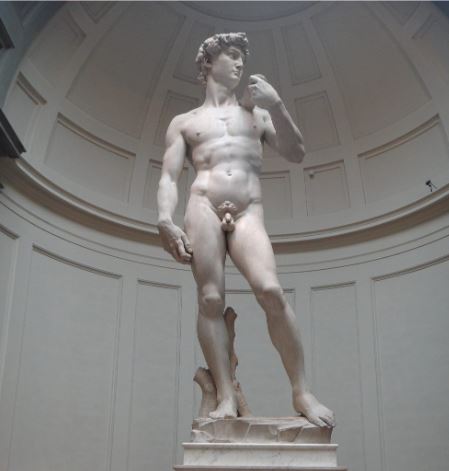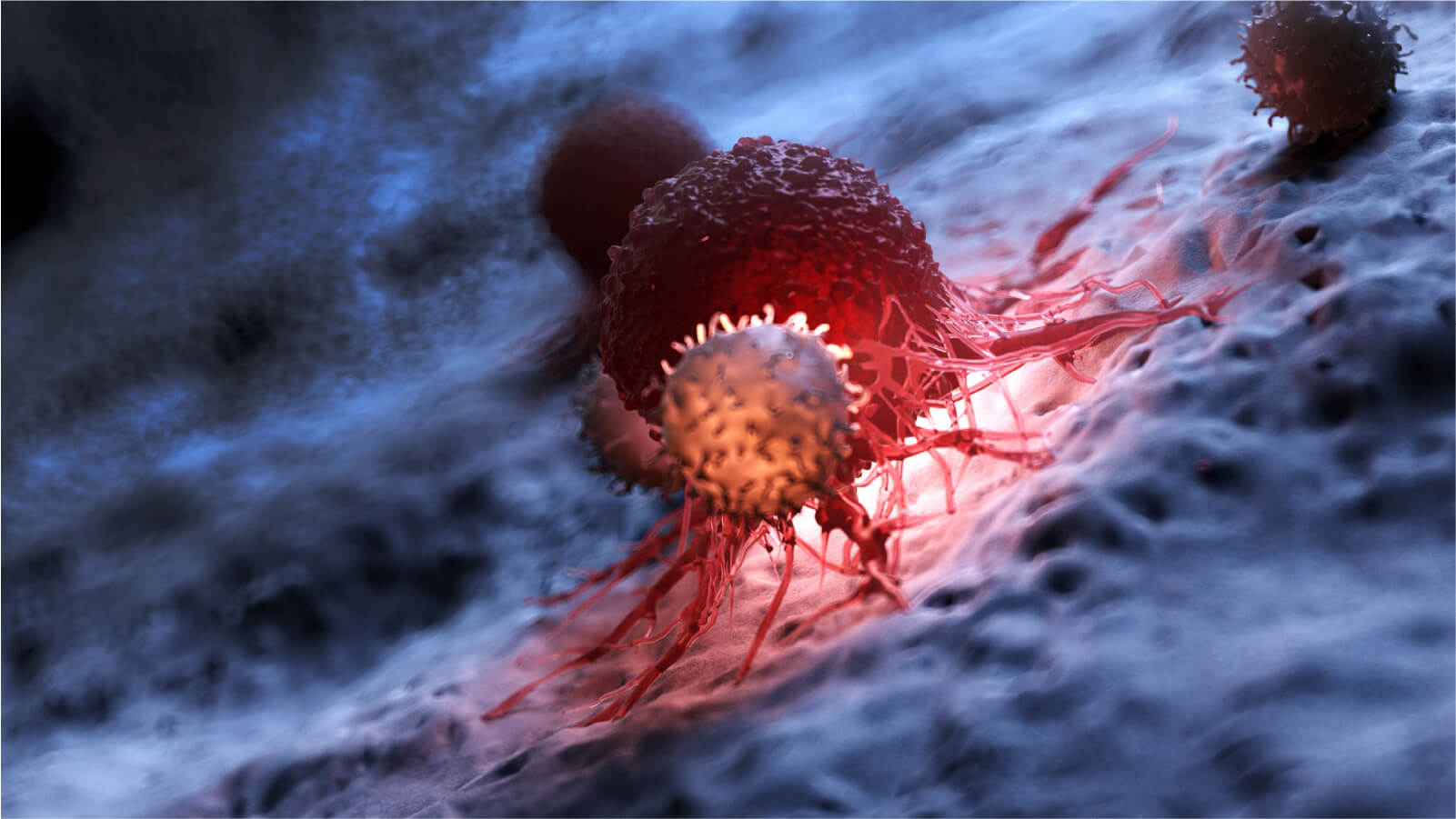
Q1. What do you see?
A1. A young naked male standing figure. He is tall, well-proportioned and muscular. We see him from below as he looms above us. He is leaning on his right leg, looking to his left and holding a stone to his clavicle in his left hand. His right arm hangs down by his side. He has short-cropped curly hair.
Q2. Why do you think the statue naked?
A2. The statue was made in the time of the Renaissance in Italy when artists rediscovered the ancient art of Greece and placed man, rather than gods, at the centre of the world. This inspired a great interest in accurate representation of the world and human anatomy, so many statues were shown nude as in Greek times.
Q3. What does his posture and expression convey?
A3. The weight shifted onto the left leg resulted in a tilt of the pelvis. This is both a reference to the skill of ancient Greek statuary and a demonstration of the Michelangelo’s skill of carving the ‘lifelike’ in marble and the accuracy of his observation of the movement of human body. David’s expression is one of concentration and tension as seen by the furrowed brow.
Notes: David, was a young shepherd who, in the Biblical story, fought against the giant soldier Goliath, killing him with a stone from his sling. He later became King of Israel and a symbol of the strength of the small against the powerful. Michelangelo chose the psychological moment before the release of the stone to express the inner life of David. Commissioned by the Wool Guild of Florence, the statue was a symbol of the Republic of Florence, with David as a shepherd to his people. It was therefore placed outside of the seat of government at the Palazzo Vecchio in Florence. The original statue was later removed for its protection, in 1873, to the Accademia Museum and replaced by the replica that still can be seen outside of the Palazzo Vecchio today.

